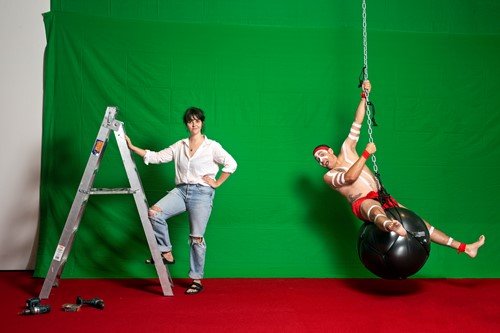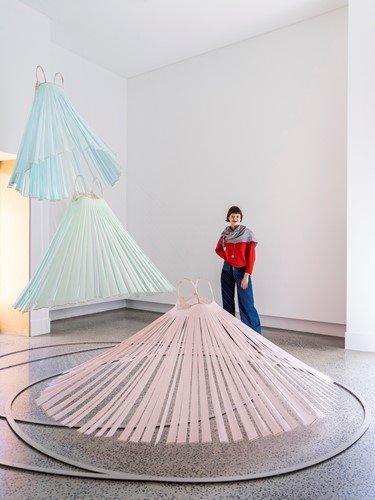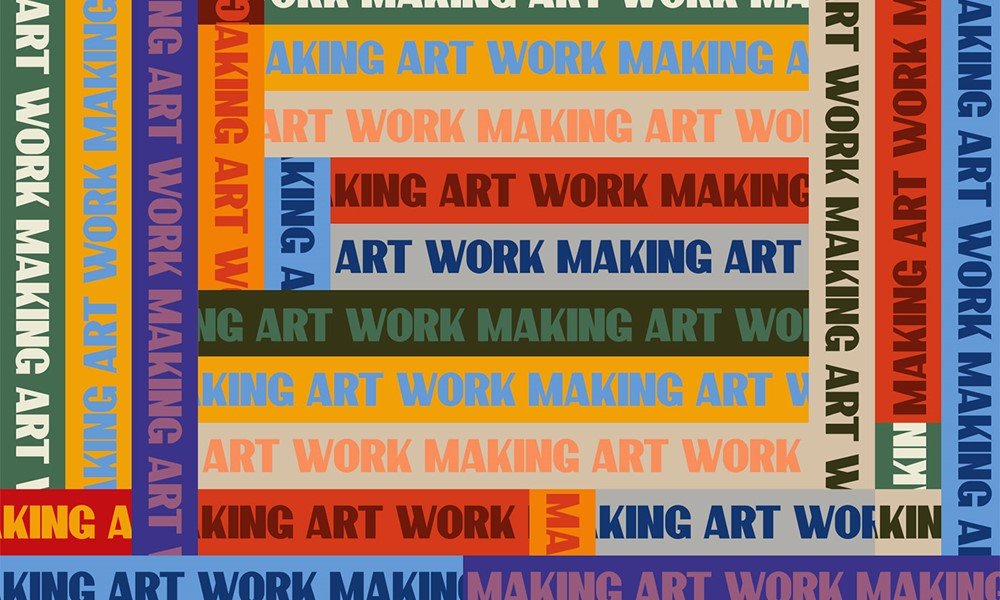If self-isolation has taught us anything, it is that we surround ourselves with art, film, TV shows, podcasts, and music in order to stay positive through hard times – Art and entertainment are hugely important when it comes to our mental health.
It’s no surprise that in 1929, during the great depression, the film industry thrived. 60 to 80 million Americans were going to the movies at least once a week, hoping to find a distraction from their every day lives. Now more than ever, art is essential to a positive existence. Film in 1929 gave people an escape from, as well as an outlet for their anxieties and confusion, just how film, TV, music, and art all do the same for us in 2020.
It’s important to remember that while industries such as health, education, and freight are essential for survival during self-isolation, art is what keeps us entertained, engaged, and fulfilled, making it equally as essential.
This is why the staff at the Institute of Modern Art have developed Making Art Work and the will act as curators for several artists’ projects. This initiative is the IMA’s way of supporting artists, as well as offering solidarity to a vulnerable sector. They have reallocated resources and adapted roles within the organisation in order to support and provide opportunities and economic assistance to as many local artists as possible. The IMA is commissioning more than forty artists throughout the course of the next six months. The commissioned artists will create works that represent and document the current moment, encourage the community to resist, protest, and organise, build frameworks for our post-COVID future, engage with care and assistance, as well as give back to the community. The artworks will not only respond to the current global emergency, but will also reinforce the value of art during times of hardship and confusion.

Once galleries re-open, the Institute of Modern Art Belltower program in the Judith Wright Arts Centre Gallery will be an open-form space for artists to develop work, visitors to engage and watch, as well as new experimental projects to take place. Making Art Work will be released in four rounds of presentations from June until December 2020, and the commissions will include artworks, texts workshops, ephemeral projects, and more. These artists, artworks, and experimental projects will help to showcase the importance of creative labour when the cultural and economic value of art has diminished, as well as demonstrate the public use and importance of art and art institutions.
This initiative draws on the Roosevelt administration’s New Deal Federal Art Projects of 1930s and 40s, which was a project created in 1935 to provide work relief for painters, sculptors, muralists, and graphic artists, which varying levels of experience – It aimed to bring art and artists into everyday life within the United States, through means of community art centres, exhibitions, and classes. Similarly to the Federal Art Project of the 1930’s and 40s, Making Art Work will create employment for Queensland artists during this difficult time, while showcasing how art enhances our experience in isolation.
Artists, writers, and facilitators engaged in the first round are: Tony Albert, Kieron Anderson, Mariam Arcilla, Richard Bell, Julian Day, ∑gg√e|n, Hannah Gartside, Mindy Gill, Kinly Grey, Susan Hawkins, Sally Olds, Amy Sargeant, and Des Skordilis.

For more information, head to http://makingart.work/#industrial-actions



